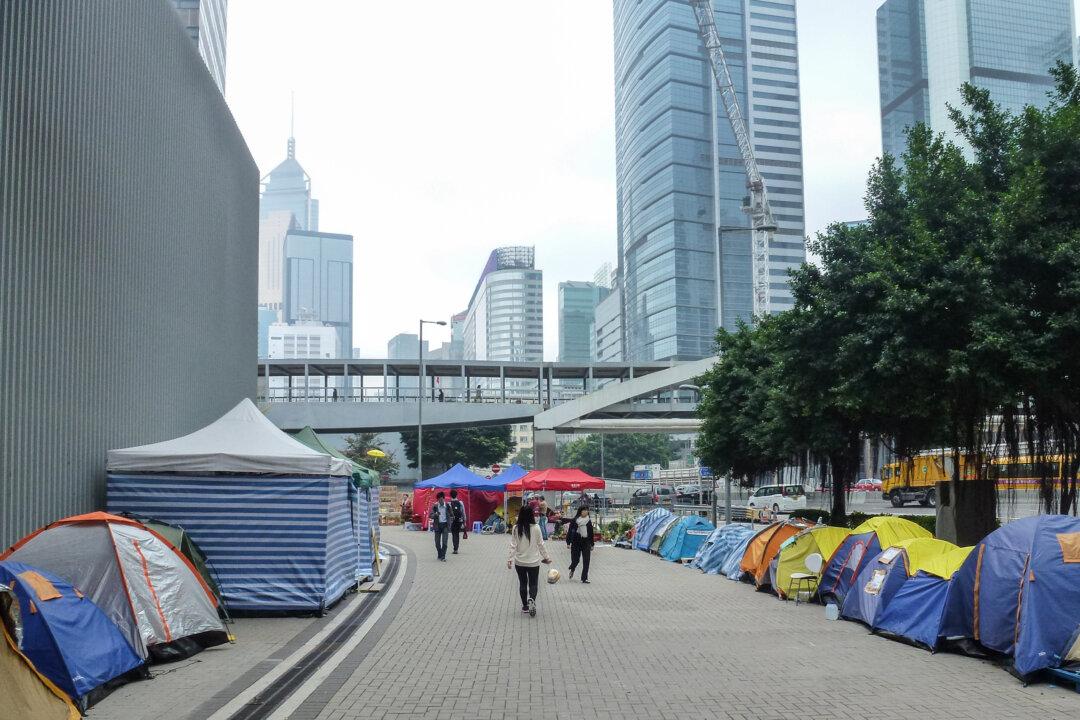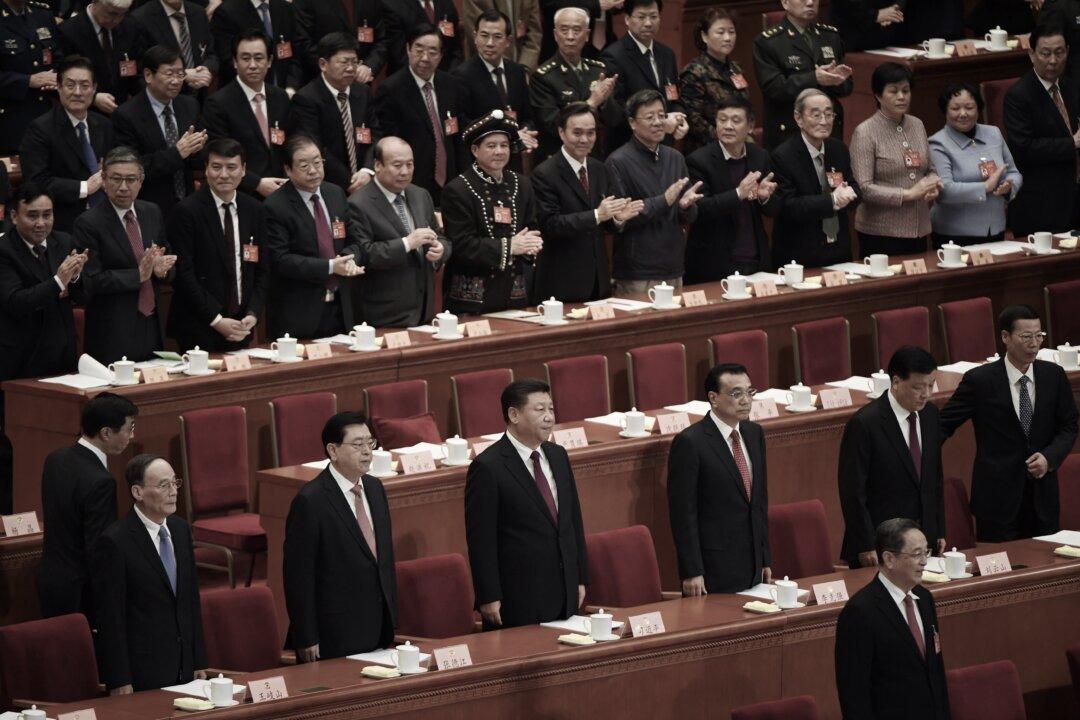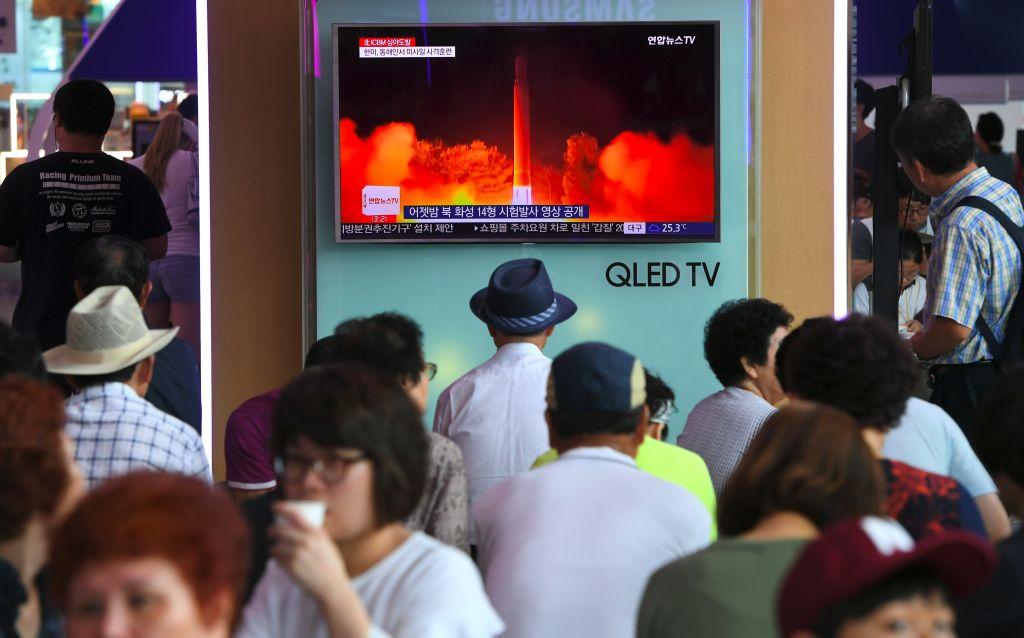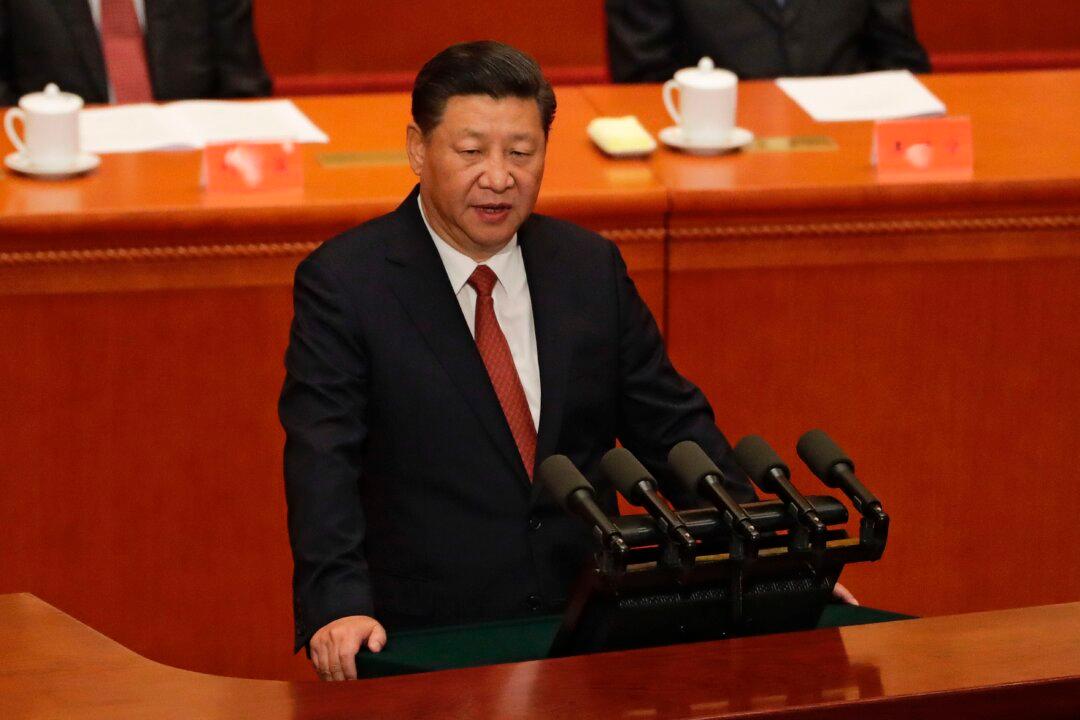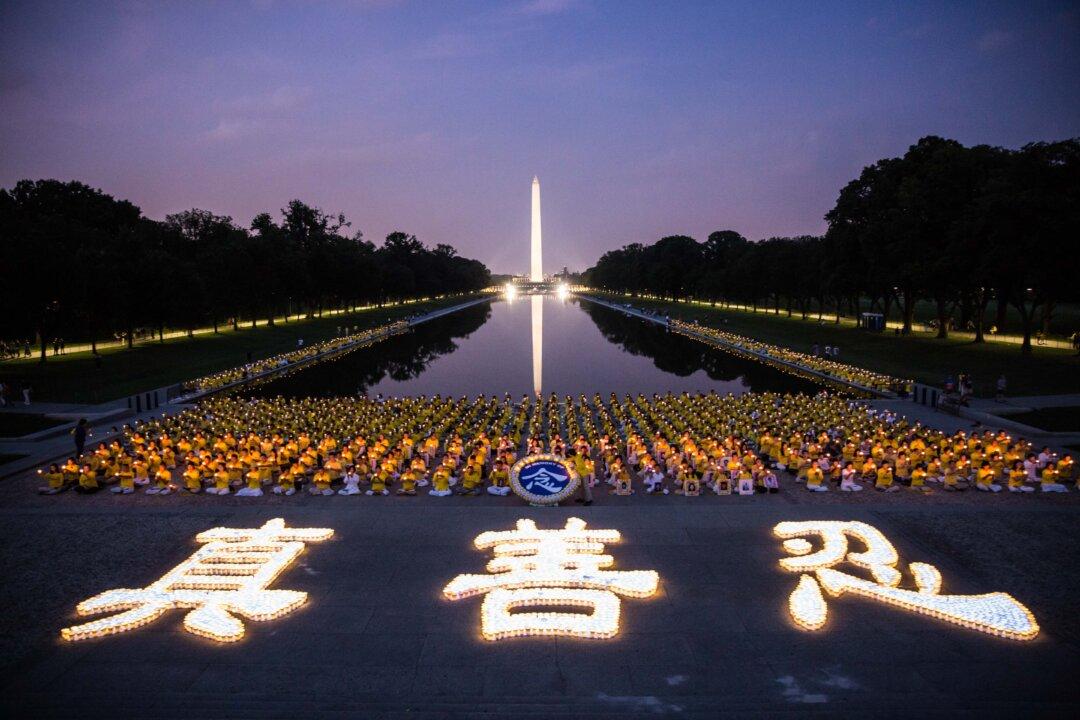HONG KONG—“We will be back,” pro-democracy protesters promised when police cleared their tent communities from roads in Hong Kong last December, after nearly three months of sleep-in street protests. But some activists never even left.
Hong Kong saw its largest ever mass protests last year: from late September to mid-December, hundreds of thousands of Hongkongers held main roads in the areas of Admiralty, Mong Kok, and Causeway Bay, in what was known as Occupy Central, or the Umbrella Movement. Protesters demanded a repeal of attempts by Beijing to tightly restrict the election of the city’s next top leader.
After countless speeches, a televised debate between student leaders and government officials, and weeks of scuffling with the police, public support began to wane. A court order was the final blow to the campsite, with police dismantling the remaining tents and arresting participants as the media stood watch.
